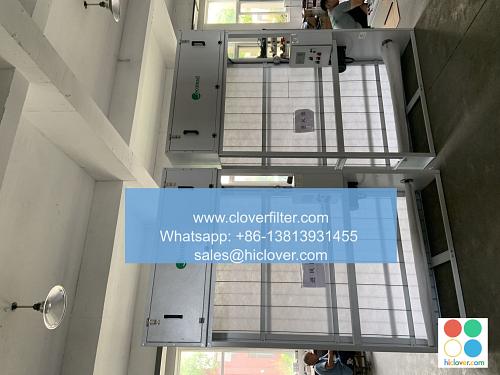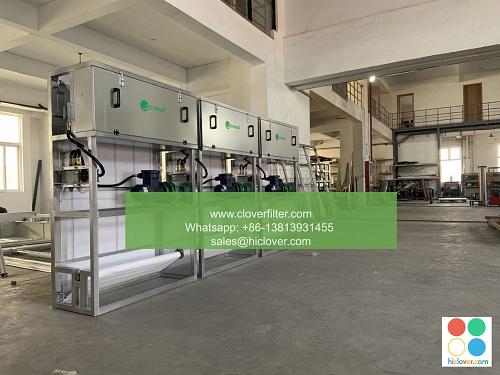How to Check the Quality of Your Air Filter

How to Check the Quality of Your Air Filter: A Guide to Optimal Indoor Air Quality
Air pollution is a serious concern in today’s world, and it’s not just limited to outdoor spaces. Indoor air quality can be affected by various factors, including poor ventilation, mold, and of course, dirty air filters. That’s why it’s essential to regularly check the quality of your air filter to ensure optimal indoor air quality. In this article, we’ll guide you through the process of checking the quality of your air filter and highlight various application areas where it’s crucial.
Understanding Air Filter Quality
Air filters are designed to capture dust, pollen, smoke, and other contaminants that can aggravate respiratory problems and trigger allergies. A high-quality air filter should be able to:
- Capture 99.97% of particles as small as 0.3 microns
- Remove 99.99% of gases and odors
- Provide a low pressure drop (less than 2.5 inches of water column)
- Last for an extended period, with some filters lasting up to 12 months
Why Check Air Filter Quality?
Poor air filter quality can lead to various issues, including:
- Reduced air circulation
- Increased allergen and asthma attacks
- Ductwork damage
- Increased energy consumption
- System shutdowns
How to Check Air Filter Quality
- Visual Inspection: Simply look at the air filter and check for signs of dirt buildup, corrosion, or damage.
- Measure the Airflow: Use a gauge to measure the air pressure drop across the filter. A low pressure drop indicates a clean filter.
- Conduct a Leakage Test: Check for any gaps or leaks in the filter that can allow unfiltered air to bypass the system.
- Use a Filter Quality Rating: Check the filter’s MERV (Minimum Efficiency Reporting Value) rating, which can range from 1 to 20, with 1 being the lowest and 20 being the highest.
- Check the Filter’s Filter Life: Check the manufacturer’s recommended replacement schedule to ensure the filter is replaced at the right time.
Key Application Areas
- Residential Buildings: Regularly clean and inspect air filters in residential buildings to maintain optimal indoor air quality and reduce energy consumption.
- Commercial Settings: Install high-performance air filters in commercial settings, such as offices, hospitals, and schools, to ensure a healthy indoor environment.
- Industrial Facilities: Large industrial complexes with complex air ductwork require frequent inspections and filter replacements to prevent system shutdowns.
- HVAC Systems: Regularly clean and inspect air filters in HVAC systems to maintain optimal performance and reduce energy consumption.
Conclusion
In conclusion, checking the quality of your air filter is a crucial aspect of maintaining optimal indoor air quality. By understanding the importance of air filter quality, conducting regular inspections, and using the right tools and techniques, you can ensure a healthier, more efficient, and more cost-effective indoor environment. So, don’t wait any longer to check the quality of your air filter – start today and breathe easy!
I’m happy to help! However, I need a bit more information about what you’re looking for. Please provide me with more context or clarify your question so I can better assist you.
Are you looking for help with a specific topic or assignment? Do you have a particular question or problem you’d like me to help you with? Or perhaps you’d like to engage in a conversation or play a game? Let me know, and I’ll do my best to assist you!


